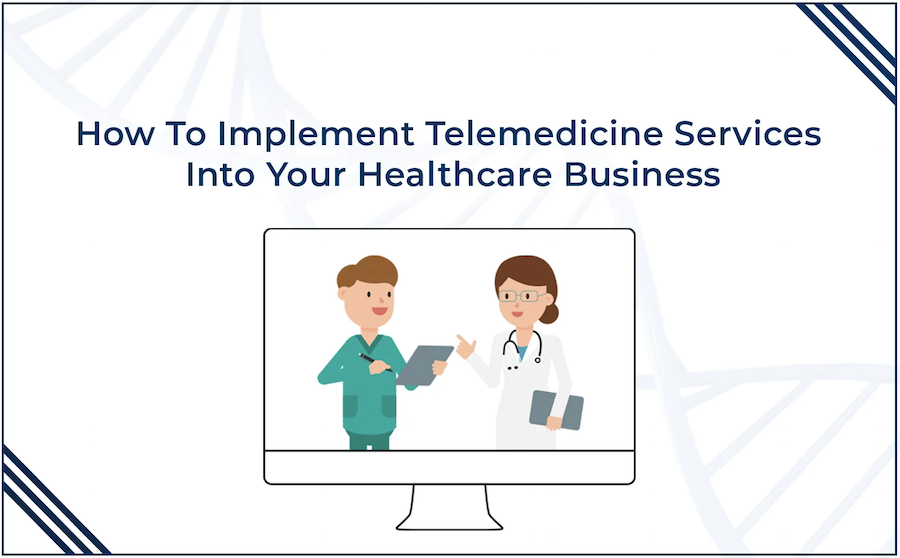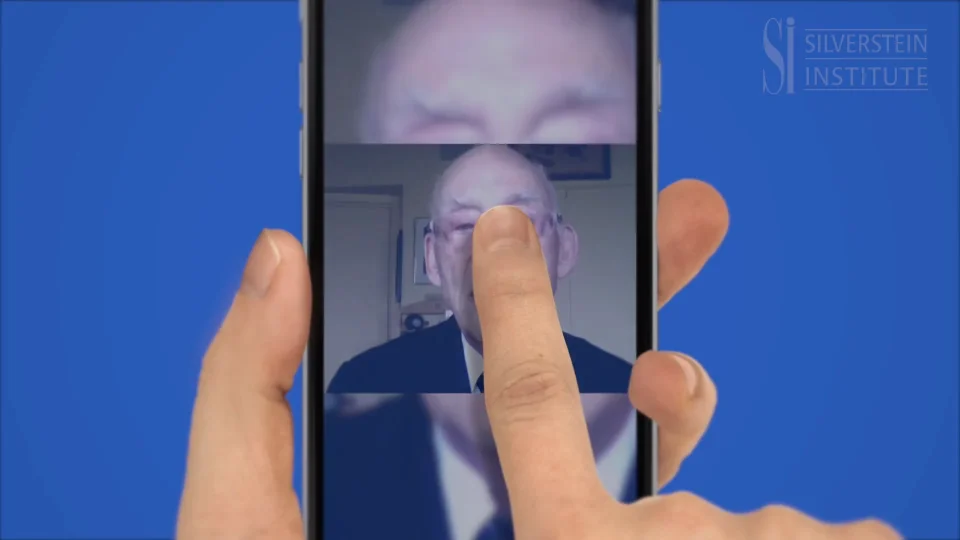Everything in this digital age of video and communication is advancing quickly and Telehealth is no exception. Thousands of people across the country are choosing to consult with doctors online without ever stepping foot in an office and nearly half of all US physicians are providing this service today. Don’t fret if you haven’t chosen to implement it yet, or if you’ve never even heard of the concept. This is the perfect time to get started and get in on the ground floor of the newest advancement in healthcare services.
Related Blog: How to Build a Professional-Quality Video Studio at Home
What is Telemedicine?
 Telemedicine is a form of telehealth and is defined as “the use of electronic information and telecommunications technologies to support and promote long-distance clinical health care, patient and professional health-related education, public health and health administration” by the US Department of Health.
Telemedicine is a form of telehealth and is defined as “the use of electronic information and telecommunications technologies to support and promote long-distance clinical health care, patient and professional health-related education, public health and health administration” by the US Department of Health.
Telemedicine is rapidly becoming more popular because it’s easy to use, doesn’t require any travel or in-person meetings and is a relatively cheaper option for most people. Not to mention, it has become the only option available for people with highly-contagious illnesses, especially, during the COVID-19 crisis as well as for people with disabilities that make it hard for them to travel easily.
But it’s not just growing due to today’s circumstances, it’s grown 53% since 2017 and it’s only growing even more, with it appealing to more and more people, especially young adults. The sheer number of telemedicine users combined with its tremendous growth has doctors from all over convinced that even post COVID-19, things in medicine will never return to normal.
This can be in the form of video conferencing, a-synchronous (not live) video, streaming media, a phone call, and more. But it’s most commonly done in a live video call using videoconferencing platforms such as Zoom, which offers a HIPAA and PIPEDA/PHIPA compliant platform.
Laws and Regulations for Telemedicine
The Health Insurance Portability and Accountability Act of 1996 (HIPAA) “is a federal law that required the creation of national standards to protect sensitive patient health information from being disclosed without the patient’s consent or knowledge.”
PIPEDA is “a Canadian federal privacy law, enacted in April of 2000, for private sector business. It sets rules for how businesses must handle personal data in the course of commercial activity.”
PHIPA is “a local, provincial (Ontario) legislation that protects the confidentiality and privacy of personal health information (PHI) by establishing rules for the collection, use, and disclosure of PHI during the provision of healthcare.”
Providers should conduct research to ensure compliance with the laws, regulations and ethical principles applicable to their countries and regions of practice set forth by their licensing boards as well as by their lawmakers. Providers of mental health services should also consider taking courses on the ethics and best practices of providing E-therapy as guided by their particular state’s licensing boards. Such courses will discuss the benefits and potential challenges of providing E-therapy, ways to ensure informed consent and ways to successfully overcome the challenges specific to providing long-distance mental health.
Learn More About Video Marketing: Download Our Video Marketing Guide
The Benefits of Offering Telemedicine Services
The most obvious benefit of developing a telemedicine program is that it widens your customer base by casting a huge net. You’ll no longer have to be purely focused on just people local to you and you remove the roadblock of patients having to come to your office in person to see you. With telemedicine, you now have the ability to give medical advice to patients from almost anywhere.
How Can You Offer Telemedicine Successfully?
The first thing you need to know is which type of telehealth platform you can use and want to offer your patients. If you have access to a good internet connection, webcam, and microphone, then videoconferencing could be the best and most effective route since it allows for actual face-to-face conversations. At the very least, you can offer telephone calls or pre-recorded video messages.
What Software Do You Need for Telehealth?
In order to accomplish this, you’ll need the help of some useful software such as CallRail to track phone calls, Soapbox by Wistia to help you record quick high-quality videos, and a video conferencing tool like Zoom. Fortunately CallRail offers a HIPAA compliant option. If you send the videos via email, make sure to do your due diligence and research email providers which provide appropriate and required encryption methods.
For your patients, all they need is their smartphone or laptop—most of which come with the camera and microphones they need to communicate with you.

The Importance of Marketing for Telemedicine
As with everything, having a sound strategy is a crucial step toward making something successful. For telemedicine, you need to be able to continue to find customers and—because the majority of people who use telemedicine skew younger—the biggest place you’ll do that is online. That’s why your digital marketing strategy needs to be consistently generating leads.
Alongside those, you’ll need all the communications software we mentioned above (Wistia, Soapbox, Zoom, etc.) and the necessary audio/video equipment which may require some technical support in order to provide the best possible experience for your patients.
How Can a Marketing Agency Help
Hiring a marketing agency to help carry the load for your telehealth services means having a support team that holds expertise in a number of areas like:
- Video Services: Helping you iron out the wrinkles that come with using camera equipment, editing videos, hosting videos, and promoting your video services.
- Remote Working Solutions: The biggest benefit of telemedicine is that it lets people get medical help remotely from wherever they happen to be. This can be tough to manage because it means leaning heavily on technology. A marketing agency can help you with business management and video communications.
- Technical Support: Whether it’s helping with your A/V equipment or building a complete video station for you, a marketing agency is full of technologically savvy people who can provide expert advice that’s just a call away.
- Digital Marketing: Of course, working with a marketing agency means getting the full-service digital marketing experience. That means everything we’ve mentioned above plus content management, website services, paid ads, and more.
The more technology advances and with the circumstances of today, it’s becoming clearer each day that telemedicine is not only here to stay, but it’s also the future of medicine. The popular opinion is growing as fast as the number of people who are already using these services and if you don’t adapt soon, you could get left behind.
 Telemedicine Modules on Healthcare Website
Telemedicine Modules on Healthcare Website
Telemedicine Video Promotion
Please note that, as mentioned above, each country and state and branch of medicine or healthcare differs in their ethical guidelines and laws and regulations regarding telemedicine and the ethical and legal responsibilities of individual providers.
Such rules, regulations and guidelines as provided by the lawmakers and licensing boards go far beyond the scope of this blog. Providers are urged to check with their licensing boards and legal consultants to ensure that they are providing services consistent with any required laws and board-outlined regulations.
 Telemedicine Modules on Healthcare Website
Telemedicine Modules on Healthcare Website
 Telemedicine is a form of telehealth and is defined as “the use of electronic information and telecommunications technologies to support and promote long-distance clinical health care, patient and professional health-related education, public health and health administration” by the
Telemedicine is a form of telehealth and is defined as “the use of electronic information and telecommunications technologies to support and promote long-distance clinical health care, patient and professional health-related education, public health and health administration” by the 




-1-1.png)

